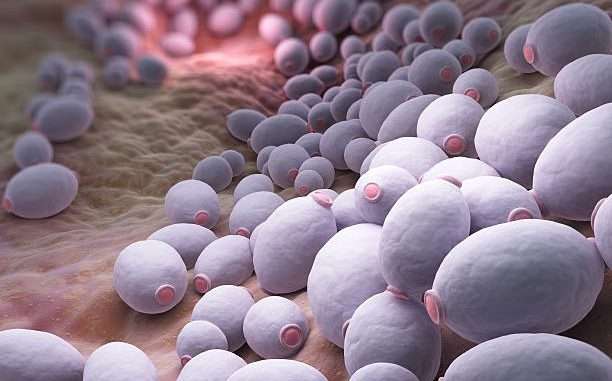
A vaginal yeast infection in women, also known as candidiasis is a condition that is common. A normal healthy vagina contains bacteria and important yeast cells. However, if the balance of the bacteria and yeast changes, the cells of the yeast multiply. It result to itching and sometimes swelling and irritation. Vagina yeast infection are not STIs. One can get yeast infection through sexual contact but women who are not sexually active can also get them.
Causes of yeast infection in women.
An overgrowth of yeast infection can result from ;
- Using of antibiotics which may cause an imbalance in natural vaginal flora.
- Pregnancy, changes in hormones during pregnancy disrupt the balance of candida in vagina resulting to yeast infection.
- Oral contraceptives or hormone therapy that increase estrogen levels.
- Impaired immune system, women with lower immunity are more likely to get yeast infection.
- When one is diabetic, it is more likely to get yeast infection.
Symptoms of yeast infection.
Vaginal yeast infection have common symptoms which are;
- Itching of the vagina
- Pain during sexual intercourse.
- A burning sensation during urination or sex.
- Redness and swelling of the vagina.
- A white thick vaginal discharge with the consistency of cottage cheese.
Prevention
- To reduce the risk of getting yeast infection, wear cotton crotched inner wears that are not too tight.
- Avoid staying in clothes that are wet such as workout clothing and swimming suits for long.
- Avoid hot baths and hot tubs.
- Do not use scented feminine products including tampons, pads and bubble bath.
- Douching which may remove the useful bacterial from the vagina.
- When in the bathroom, you should wipe from front to back to avoid taking dirt to the vagina.
- When you ae on your menses, change the tampon, pad or panty liner more often.
- If you are diabetic, keep an eye on your sugar level and control it.
- Only use antibiotics when necessary to avoid killing the important flora in the vagina.
- Ensure you take yoghurt that contains active cultures to add bacteria’s that help your body control yeast.
Treatment.
When thinking of treating a vagina yeast infection, it is important to know that there are different types of yeast. Therefore, your healthcare provider may discuss different types of treatment depending on your type of infection. Normally, antifungal medicines suppresses overgrowth of yeast in the body. Sometimes, you can treat vaginal yeast infection with over the counter medicines. However, you may want to avoid this. If you are not completely sure that it is actually an infection, talk to a healthcare provider. This is to ensure you are treating the right condition.
- Bay head elementary school history, enrolment, programs offered.
- The best private primary schools in Nyeri county.
- Kenya Medical Training College, courses, requirements.
- Public Universities in Kenya
- Egerton university, fees, location, courses.
- Best Public High Schools in Kiambu County.
- What is the history of Kenyatta University?